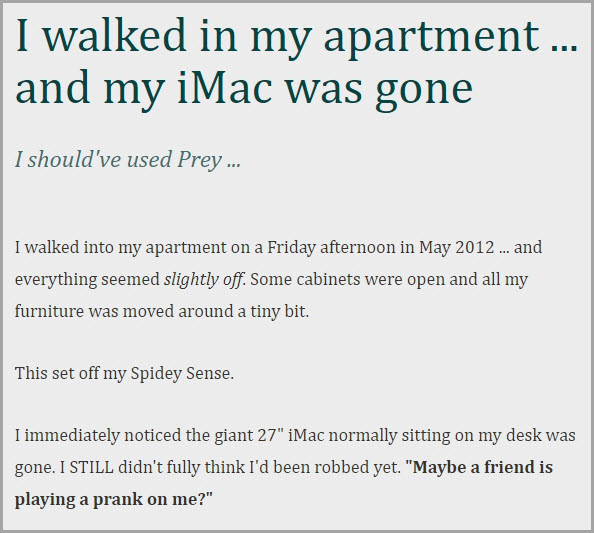At their core, all attention techniques are promises. You are promising to share something of value, if they trade their attention.
The key is to match your promise to something people are interested in, something they want. For example, a promise to share what happened at work is going to be more interesting to your spouse or coworker, than a random person on the street.
Table of Contents
Master this, Master Attention

An open loop is a copy writing term for something that grabs attention. Writers make a promise and then fulfill that promise later in the text. This promise – payoff structure builds credibility with the reader, and makes them more willing to trade their attention more often.
Similarly, any good story, movie, speech, or post grabs attention and then fulfills on that promise. There are actually scientific patterns in neuroscience that model human attention. Studies found that most successful movies follow the 1/f pattern, but the pattern also shows up in artwork, music, and speech. Some think it reveals something fundamental about the brain’s structure, though we aren’t sure yet.
Movies tend to have various patterns of quick shots followed by slow shots. This grabs attention, then releases it, in a way that keeps the mind from wandering.
It is also notable that many commonly used page and time based story structures seem to follow similar patterns. In fact, some have postulated that successful media must follow certain attention intervals, as shown in this image below.

Often movies have one large open loop that comes at the beginning, like “will the people escape the island.” But good stories open smaller loops through out. While the whole arc might be asking whether the characters will survive, mini arcs keep you watching. “Will they make it to the bunker?” “Will the police man pick up the phone?”
Open loops don’t just happen to be plot devices. They can be movie titles, interesting images, questions, odd or unique sounds, and more.
Tools for Promises
- Incongruity is one method. Incongruity combines two things that don’t seem to go together. People tune in because they want to resolve the mystery of why those things were combined. Would you want to know why a grandma had bloody knuckles? Simply choose a subject and then think of the last thing you’d expect that subject to be doing, saying, or thinking. In the example above, most grandmas are gentle, calm, and loving. The last thing you’d expect is the grandma to be surrounded by evidence of violence. (Eg. Picture of someone crying holding a body, with a title of “hilarious.”)

- Showing the result is another method. You start by displaying a result that the person wants, and then you explain how to get to that result. For example, many ads show how much wealth a person has before selling their how to get rich course. That is why you hear phrases like “you’d be terrified if I told you what happened last night,” or “I almost cried when I heard my friend’s message,” or “I heard something on the radio that made me so angry, I almost ran a red light.”
- Problem framing can also get people’s attention. By pointing out an issue, and then magnifying it, sales people grab the attention of their potential clients. You’d probably listen if someone told you how you could save thousands of dollars a month by purchasing efficiency software. Problem framing usually starts by pointing out an issue. “Is there a reason you are doing X?” Next, the person magnifies the issue by saying “you know, if you have problem X, it will cause problems Z, J, and K.”
- Look at this, then give context. They see the visual anchors and eventually want an explanation for them.
Delay
Attention must be held for long amounts of time if you want to make a point or impose your will. You can hold attention over time with a few tricks.
- Delay parts of the promise so you don’t dump everything all at once. Try revealing one thing, going into detail about that thing, and then hinting at another important reveal to come later. This is one of the roles of foreshadowing.
- Build rapport with your audience by fulfilling parts of the promise, quickly. They will learn to trust you and give you attention longer.
- Continually open up new loops by making smaller promises.

